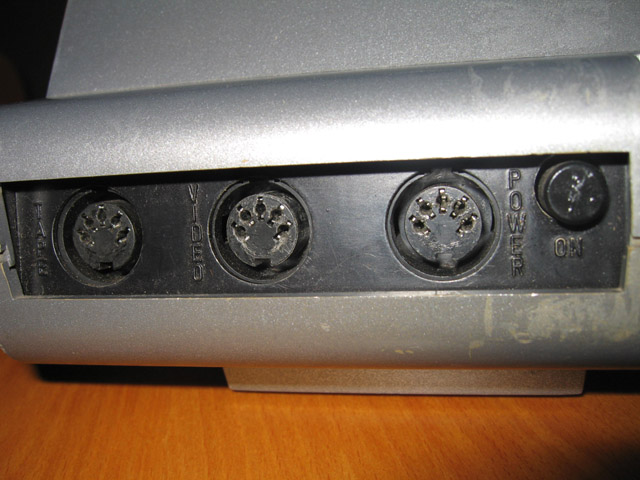tezza
Veteran Member
What are some of the design flaws associated with classic models? Off the top of me head I can think of the following. (I've included flaws that were fixed with subsequent versions.)
I have one which promted me to post this topic. Have a look at the back of my second, beat-up TRS-80 model 1.

Three DIN plugs all the same. The left is for Power, the middle one for Video. Did this design even lead to cooked computers? It would seem to me SO easy to accidently plug the power lead into the video output. I almost did this myself!
I guess the Model 1 came out before people gave computers to kids to play with but I'd imagine if this was a home machine, such a design would have ensured a very short life for the computer!
Tez
- Lack of a fan in the original Apple III
- naked joystick ports close to the power on/off button (hence often touched) which blows the CIA chip in the C64
- Lack of good data buffering/separation in the original TRS-80 Model 1 expansion interface
- Lack of arrow keys and a cassette level meter in the original System 80/Video Genie/PMC-80
- Unreliable Microdrives instead of proper floppy drives (or a floppy drive interface) in the Sinclair QL
I have one which promted me to post this topic. Have a look at the back of my second, beat-up TRS-80 model 1.

Three DIN plugs all the same. The left is for Power, the middle one for Video. Did this design even lead to cooked computers? It would seem to me SO easy to accidently plug the power lead into the video output. I almost did this myself!
I guess the Model 1 came out before people gave computers to kids to play with but I'd imagine if this was a home machine, such a design would have ensured a very short life for the computer!
Tez
